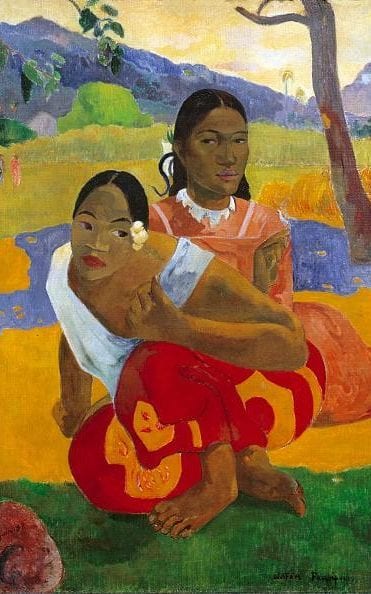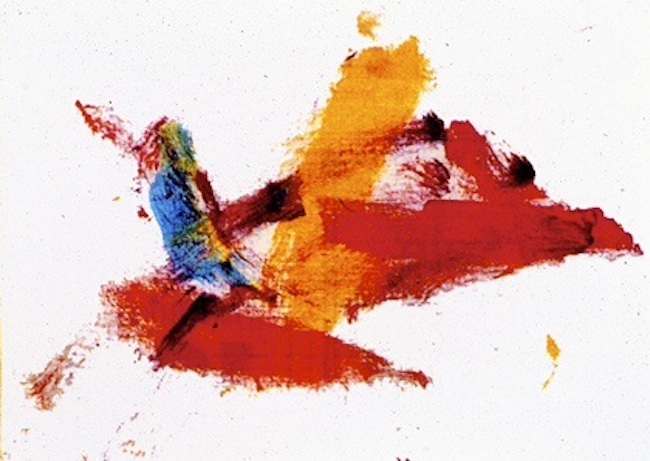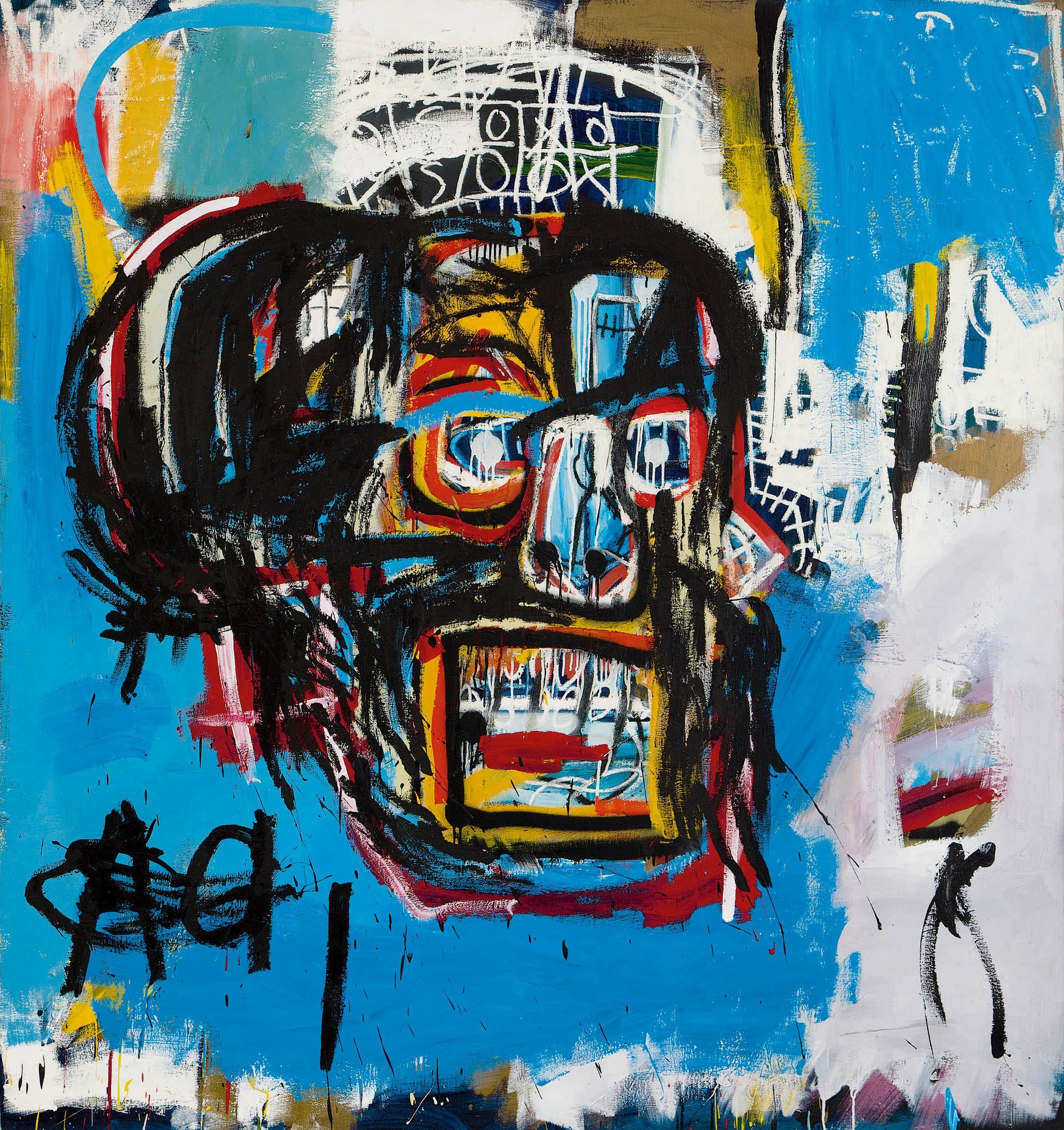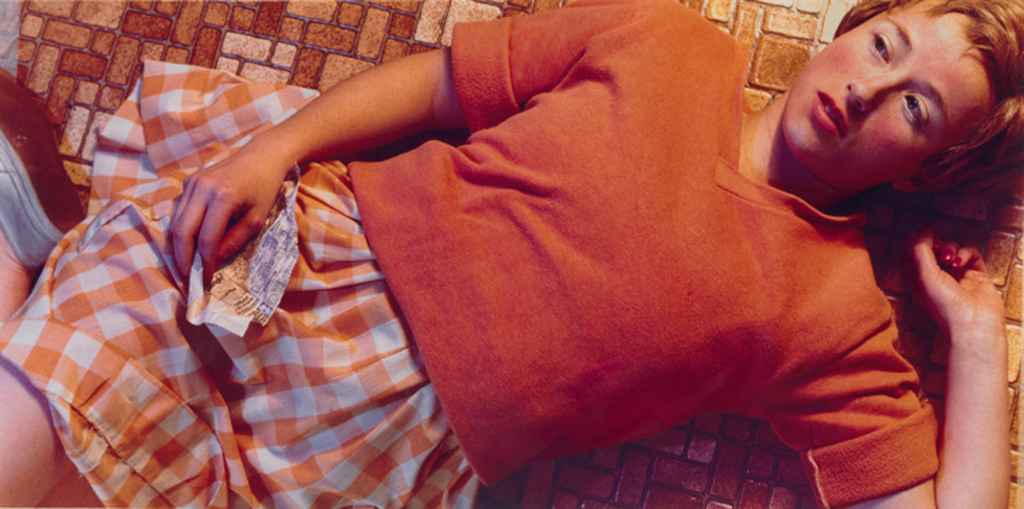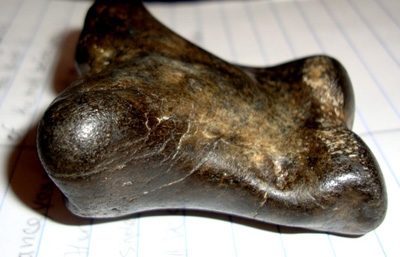AREAS OF KNOWLEDGE:
THE ARTS
THE VALUE OF ART
CLASS ACTIVITY: VALUE OF ART
Do not reveal the key to the artworks and the various auction values in advance.
1. Begin by projecting the six images as a whole class. Ask students quickly to write the letters A to G on a slip of paper and then estimate the value that each of the artworks would make at auction. They should do this individually.
2. Next, arrange students in groups of four and provide copies of the 6 artworks. Ask them to repeat the task from Duchamp's fountain and Cage's 4'33''. After several minutes of sharing perspectives, ask the groups to rank the artworks in two different ways:
A. Esthetic beauty
B. Skillful manipulation of the chosen medium in the making process
3. Challenge students to reveal their own estimates and then to reach consensus for auction value of each of the artworks. Then rank them according to:
C. Marketplace value
4. Only at this stage provide copies of the key to the artworks and the various auction values. Allow some cathartic discussion in groups then address the Knowledge Questions below as an entire class.
Printable pdf. of the artworks and the Knowledge Questions.
Printable pdf. of the key to the artworks and auction values.
KEY TO ARTWORKS AND AUCTION VALUES
(Updated: November 2025)
A. Leonardo da vinci (c. 1500) Salvator mundi.
This oil on walnut portrait holds the record for the highest known price paid for a painting. It sold for US$450.3 million in November 2017 at Christie's auction house in New York.
B. Paul Gauguin (1892) Nafea Faa Ipoipo (When Will You Marry?)
Until 2015 the oil painting was at the Fondation Beyeler in Riehen, Switzerland. It was sold to a museum in Quatar for $300 million. At the time this was the highest price paid for any painting!
C. Obvious (2018) Portrait of Edmond de Belamy
This is a “generative adversarial network” (GAN) portrait constructed by the Paris-based arts collective called Obvious from WikiArt's artwork database. It sold for US$432,500 at Christie's in 2018. The work’s signature is the algorithm that produced it: min G max D x [log (D(x))] + z [log (1 -D (G(z)))]
D. Koko the Gorilla, Bird
A Limited Edition of 3000 prints of this painting are available on the Gorilla Foundation website for $350. Each comes with a certificate Authentication signed by Dr. Patterson. We met Koko in Gorilla language and personhood, in the Knowledge and technology optional theme.
E. Jean-Michel Basquiat (1982) Untitled.
The painting was sold for $110.5 million on May 2017 to a Japanese billionaire. This was the highest price ever paid for a work by an American artist and the sixth most expensive ever sold at auction.
F. Cindy Sherman (1981) Untitled #96
In 2011, a print of this photograph, which is part of the artist's Centerfold series, sold for $3.89 million, At that time, it was the most expensive photograph ever sold.
G. Fossil knuckle bone.
This is a natural object found on a beach and has never been presented in a gallery or any other art context. It was used at the beginning of the TOK course in Explore mystery objects by touch alone.
H. Adolf Hitler (1919) Watercolor.
In 2015 the Weidler Auction House in Nuremberg sold 14 signed Hitler artworks for $450,000.
KNOWLEDGE QUESTIONS
To what extent does the marketplace value of an artwork correlate with its quality?
Who decides and what factors determine what artists are the most highly valued at any given time?
Is it always an advantage to know biographical details of the artist and historical context in order to evaluate an artwork?
Can we dismiss the work of an artist or author just because we detest their politics?
And then, a bit less than a week later (November 29, 2024)…

